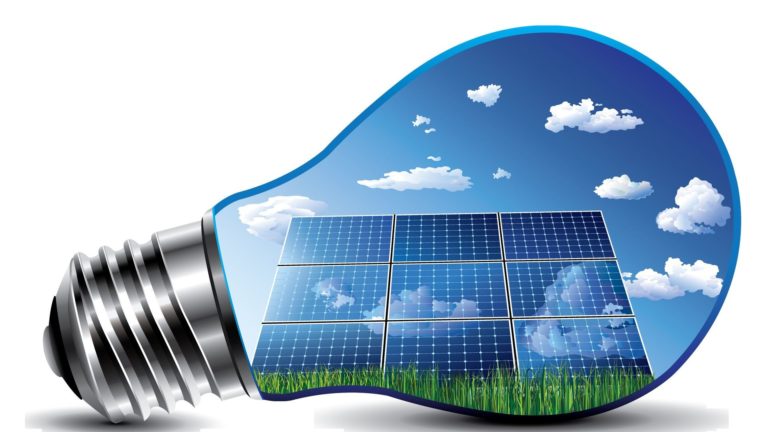Supernova FAQ
The reality is that the marginal cost of solar energy is approaching “zero,” which is both a transformative and disruptive development.
Have Questions?
Please take a detailed look at our frequently asked questions to help get more info on renewable energy and solar panel installations.

Supernova will help reduce or eliminate your current electric bill, provide energy independence, add to your bottom line and reduce your carbon footprint. Help Supernova save the planet through our Green Energy no cost program. With the current rebates and tax credits available to the consumer, installing solar today makes more sense than ever.
The Supernova Energy Team are licensed electrical contractors. Our
experience in the power industry goes back 30 years; even our direct
competitors have hired us to engineer, procure and construct their projects.
Our reputation and completed projects speak for themselves.
Sunlight hits the solar modules, creating DC power. This DC power is fed into an inverter, this converts to Alternating Current, which is used to power your business. This power is fed into your main service panel. Excess electricity production will then be transmitted to the local utility at any given time and sold to the electrical grid.
You can be a net producer, small generator or net consumer during time of use. At the end of each 12 month period, all electricity production produced over and above power you consumed, your electricity bill will be eliminated. The utility company will continue to charge an access fee.
Supernova’s customized system installation may vary from 100 kilowatts to 1 gigawatt as our AI technology defines.
Supernova and its virtual power plant micro-grid requires battery storage 99% of the time.
Rebate levels are dependent upon the amount of funding used, changing at predetermined AI levels. For commercial grid-tied systems, there is also a blended average of a 40% Federal Tax Credit. This tax credit can be used for any commercial system installed after 2006. Supernova has its own solar programs for those without commercial utilities and that do not qualify for Federal tax credits or rebates.
The Public Utilities Commission (PUC) is in step 8 for rebates. Production Based Incentives, on all commercial grid-tied solar electric systems over 100 kW in total size qualify. Commercial systems under 75 MW in size will be handled by Supernova. Supernova Energy will still qualify for all the commercial rebates and credits. All commercial systems will qualify for a blended average of a 40% Federal Tax Credit (with no limit) and a 5.5 year Accelerated Depreciation schedule.
Supernova’s no cost to the customer program is based upon your location(s) qualifying.
Each system will have a different payback period. Supernova commercial solar systems can have a payback period of 2.5 years. Larger system customers can see payback in as little as 12 months. Large utility scale commercial systems usually have a much shorter payback period due to the additional tax credits available.
Besides the economic payback, the system will also have long term revenue streams and environmental payback. Along with each proposal and final contract you be able to download an environmental impact summary that discloses how your system is helping to save the environment and reduce your carbon footprint.
Supernova no cost program provides all ongoing maintenance and upgrades during the life of the contract.
Most of the main solar panel manufacturers offer a 25 year module warranty. Most of the inverter manufacturers offer a 5 year warranty with the option of up to 10 years at an additional cost. Supernova Energy offers a five year warranty on the entire installation. The system will have an expected life span of approximately 30 to 40 years.
Supernova AI technology along with engineers and technicians will inspect and evaluate each roof individually at no cost.
Yes. According to the Appraisers Journal of 1999, every dollar of electricity that you offset through solar increases the value of your by twenty dollars per square foot. This means that your location would increase in value immediately by about the total net value of the electricity you produce on an annual basis. This increased value is tax exempt.
Electricity costs have risen over 70% in the past 10 years and continue to do so in a volatile way – making it difficult to budget this line item year over year. With solar, you can accurately forecast the cost of your energy use for more than 25 years. Predictable energy rates mean a more predictable budget.
Supernova handles all aspects of permits and environmental rebates.

